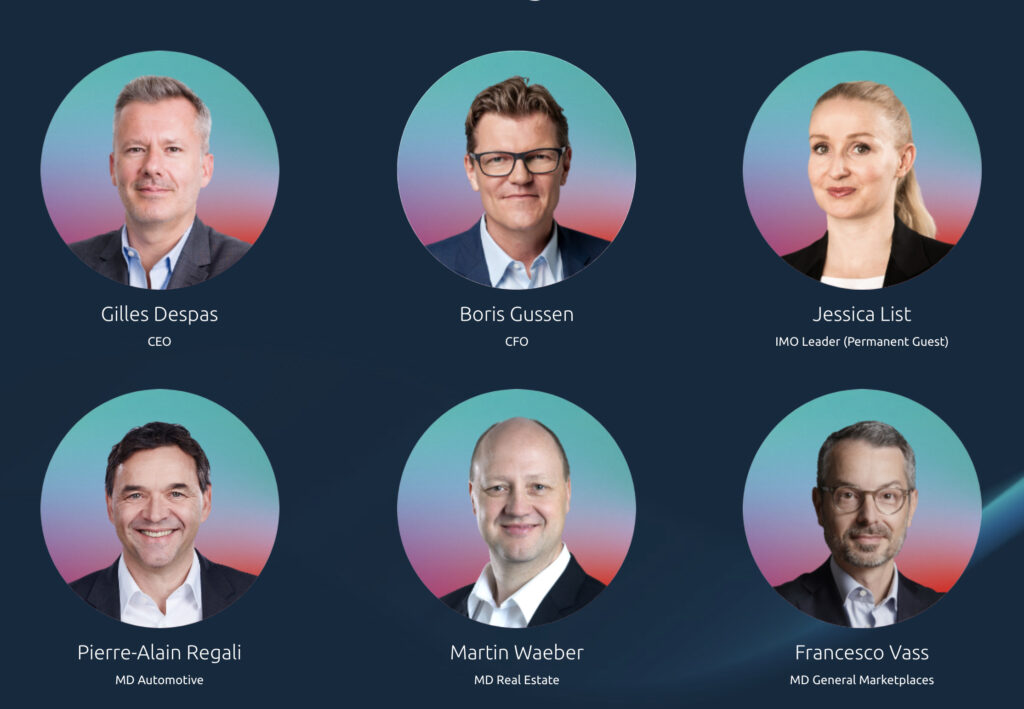The circular economy is a key building block for managing our environment responsibly – whether through clothing swaps, durable electronics, or innovative packaging solutions. One area with particularly high leverage is mobility. But how is electromobility developing in Switzerland? What opportunities does it offer for greater sustainability – and how is AutoScout24 contributing to the mobility transition?
Awareness of the environmental impact of our mobility is growing, and electromobility plays a central role in the path to decarbonisation (the reduction of CO₂ emissions). Electric vehicles (EVs) produce no local emissions during operation and perform significantly better over their lifecycle compared to internal combustion engine vehicles. Yet their benefits extend beyond climate protection. Electric cars reduce noise, improve air quality, and drive technological innovation. In short: a win for the environment, society, and future generations.
Understanding Barriers and Unlocking Potential
The number of newly registered electric cars continues to rise: by 2025, the share of fully battery-powered vehicles among new registrations in Switzerland will already be close to 20%. However, a different picture emerges in the used car market: “We see on AutoScout24 that demand for used electric vehicles remains modest. Yet prices have now become very attractive,” explains Matthias Bischof, Director Business Customers at AutoScout24. So why the hesitation? Common concerns include limited range, insufficient charging infrastructure, high purchase costs, and uncertainties surrounding the environmental footprint of the battery. At the same time, these very issues provide starting points to better inform and support potential buyers.
The EV Hub from AutoScout24
To support more informed decisions about electric vehicles, AutoScout24 offers practical guidance. With the EV Hub, we have created a central contact point offering comprehensive information about electromobility in Switzerland. In addition to in-depth background articles and first-hand reports in our magazine, users will find tools such as a charging time calculator and a range calculator, an interactive map of charging stations, and even the AI-based chatbot “E-Scouty”, which provides quick and expert assistance with questions around electromobility.
Sustainability as Part of Our DNA
As part of the SMG Swiss Marketplace Group, sustainability is firmly embedded in AutoScout24’s strategy. We act ecologically, socially, and entrepreneurially – fully aligned with the principles in our Sustainability Manifesto. Electromobility is no longer a vision of the future – it is reality. As a platform, we want to help make sustainable mobility understandable and accessible to as many people as possible. Because the first step towards a sustainable future begins not in the garage or on the road, but with an informed purchasing decision.

